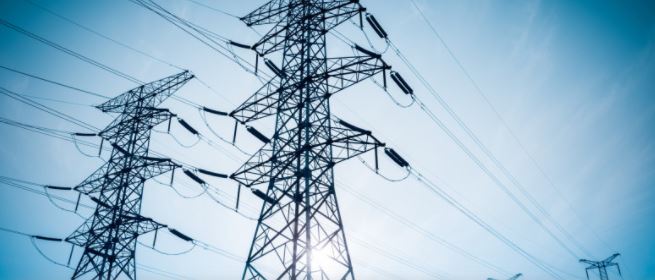Need to have a uniform energy tariff, and electricity duty to be included under the ambit of GST

From Current Affairs Notes for UPSC » Editorials & In-depths » This topic
IAS EXPRESS Vs UPSC Prelims 2024: 85+ questions reflected
Context
Electricity prices vary not just among end-users, but also between states, where a complex patchwork of different taxes and subsidy regimes can leave consumers in some states paying five times more for their electricity than their counterparts in neighbouring states.
What the editorial is about?
The need for a uniform energy tariff, and electricity duty under the ambit of GST to provide the opportunity to attain higher growth.
Do all States get equal opportunities?
Deprivations faced by the Low Income States in India
- The low-income States (LIS) are deprived on many fronts.
- They have low accessibility to credit, low investments, low power availability and accessibility, and high energy costs.
- The high-income States (HIS), on the other hand, have a big share in industry and commerce because they are not deprived on the same fronts.
- The six HIS (Maharashtra, Tamil Nadu, Gujarat, Karnataka, Andhra Pradesh and Telangana) together account for 56.4% of factories and 54.3% of the net value added to the country, while their share in population is only 32.3%.
- Among other reasons, this is because they have higher credit and financial accessibility (55% of total institutional credit and 56% of total industrial credit went to these five HIS) at the credit-deposit ratio.
- On the other hand, the six LIS (Bihar, Jharkhand, U.P., M.P., Odisha, and Rajasthan) access only 15% of total institutional credit and barely 5% of total industrial credit, while their share in population is 43%. These States together receive only 50% credit from their hard-earned savings.
- The maximum benefit of the Atmanirbhar package (₹20 lakh crore) also went to the HIS as they have a higher share in the industry.
Does power play any role in the disparity?
- Among other reasons, the availability of adequate quality power at the cheapest rate attracts investments, either private or public, in a particular location.
India Energy Outlook 2021
- India Energy Outlook 2021 explores the opportunities and challenges ahead for India as it seeks to ensure reliable, affordable and sustainable energy to a growing population.
- The report examines pathways out of the crisis that emerged from the Covid-19 pandemic, as well as longer-term trends, exploring how India’s energy sector might evolve to 2040 under a range of scenarios.
- India Energy Outlook 2021 concludes
- Due to a complex patchwork of different taxes and subsidy regimes, electricity prices vary not just among end-users, but also between states.
- This can leave consumers in some states paying five times more for their electricity than their counterparts in neighbouring states.
Way Ahead
India Energy Outlook 2021 provides two solutions.
1. Eliminate price discrimination by synchronising all regional grids
‘One Nation, One Grid, One Frequency’
- The power-producing States have the advantage of power, being available at lower prices. This problem can be addressed by synchronising all the regional grids.
- This will help the transfer of energy (without compromising quality).
- The idea is of ‘One Nation, One Grid, One Frequency’.
- Further, this will pave the way for establishing a vibrant electricity market and facilitate the trading of power across regions through the adoption of the ‘one tariff’ policy.
- The Central Electricity Regulatory Commission is in the process of implementing a framework of the Market-Based Economic Dispatch and moving towards ‘One Nation, One Grid, One Frequency, One Price’.
2. Electricity duty to be included under the ambit of GST
- Apart from uniform cost, the power sector also needs uniformity in electricity duty charged by different States.
- In general, the association between income and electricity consumption is direct. Thus, only 32% of the population used 50% of the power.
- Contrary to this, six backward States got only 25% of the power though their share of the population is 43%.
- Therefore, it is clear that the substantial proportion of the power cost incurred in HIS is also borne by the LIS which buy those industrial products, as the input cost of power has already been included in the product’s price.
- Further, this situation justifies the fact that the final costs of power consumption are also borne by other States.
- Thus, the electricity duty should be redistributed among the States under the ambit of GST equally shared by the CGST and SGST.
Conclusion
- In order to attain higher economic growth, the States should raise the issue of uniform energy tariff and inclusion of electricity duty under the ambit of GST.
- This decision will benefit the whole nation through rational tax devolution and, therefore, provide the opportunity to attain higher growth.
If you like this post, please share your feedback in the comments section below so that we will upload more posts like this.

